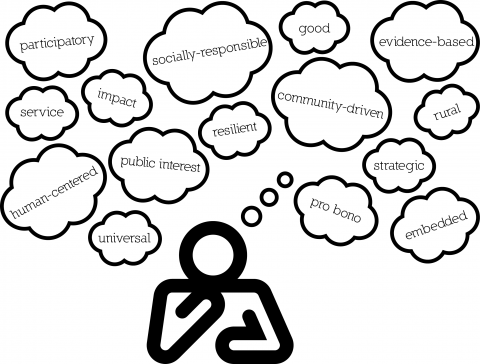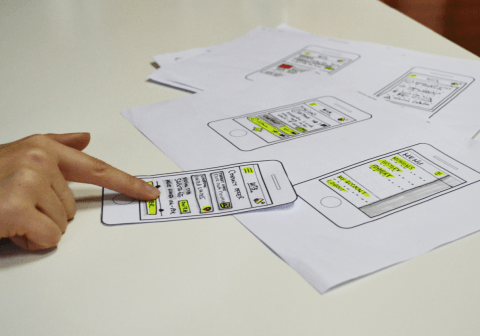Ever since the advent of smartphones, never-seen-before horizons have opened up for programmers and consumers alike. The handheld gadget you call a smartphone is for most people the pivot around which their entire life revolves. All that is possible, thanks to the millions of small apps that make life a tad bit easier and fun than it already was. The 750 million Android users the world over have access to over 1.6 million apps through their Play Store. While this huge market brings luminous prospects, a question does arise. What must be done to nail a mobile app?
The path to making a mobile application development starts from an idea that expands to a sketch, code, mock-up, trial and ultimately the final version. Naturally, roadblocks are bound to arise on this path and to prevent those; the team must gear to tackle any challenge head-on. For starters, the goal must be crystal clear from Day 1 and asking the following questions eases out the whole developmental phase:
- What function does my app perform?
- What do I aim to achieve through it?
- What mechanism do I adopt to help it perform its function?
- Who is my target audience?

In the case of a client, these queries must be left at their disposal. The plan-of-action is easier to draft once these basic questions are addressed. Resolving technical stuff is phase two where you decide on questions like which platform and devices the app is supposed to run on and how to code all that is envisaged. While the floor must be open to new ideas, final decision-making must be confined within a few deft hands. Often, a multitude of opinions paves the path to differences, so the solution is to grant veto power to decision-makers. Obviously, that demands a strict criterion for the selection of decision-makers to ensure that they are thoroughly well-versed with the ultimate goal.
What is a Good App Design?
 A good app must take good account of two vital factors – power to perform the desired function and a tidy, easy-to-use & aesthetically appealing interface. Therefore, it is preferable to have two teams, one of the programmers and the other of designers, to work in close conjunction with creating the most suitable outcome possible. Remember, a good-looking app that doesn’t work or a working app without a working interface are both useless. In fact, interface essentially enhances the workability of an application; therefore, it is vital to have people with good aesthetic sense on-board to guide you throughout.
A good app must take good account of two vital factors – power to perform the desired function and a tidy, easy-to-use & aesthetically appealing interface. Therefore, it is preferable to have two teams, one of the programmers and the other of designers, to work in close conjunction with creating the most suitable outcome possible. Remember, a good-looking app that doesn’t work or a working app without a working interface are both useless. In fact, interface essentially enhances the workability of an application; therefore, it is vital to have people with good aesthetic sense on-board to guide you throughout.
Are you over-doing it?
At the same time, a good interface does not in any way imply glittered font and a screen cramped with icons. Simplicity is the key. This is also where the question of target audience comes in because children have a different way around apps than adults, women tend to use their smartphones differently than men, and so every demographic has different likes, so the app has to be just right to hit on-target.
 Needless to iterate, time and expense must be envisaged during the sketching phase and subsequently tracked to keep as close to the estimates as possible. Deadlines must be met, and cost must be capped to keep the app-designing process as smooth as possible. Remember, planning is always helpful. Last but not the least, stay aware. Market dimensions and trends change. Apps that were very popular two years ago have been taken over by refined ideas better than them. Likewise, technologies, computer language and design tools become more powerful with every passing day so make sure you’re not left behind. Change for the better and keep your app at par with what’s going on around. There’s no point in being outdated. Follow these tips religiously and you can be sure to ace the next App Designing Project you decide to undertake!
Needless to iterate, time and expense must be envisaged during the sketching phase and subsequently tracked to keep as close to the estimates as possible. Deadlines must be met, and cost must be capped to keep the app-designing process as smooth as possible. Remember, planning is always helpful. Last but not the least, stay aware. Market dimensions and trends change. Apps that were very popular two years ago have been taken over by refined ideas better than them. Likewise, technologies, computer language and design tools become more powerful with every passing day so make sure you’re not left behind. Change for the better and keep your app at par with what’s going on around. There’s no point in being outdated. Follow these tips religiously and you can be sure to ace the next App Designing Project you decide to undertake!
